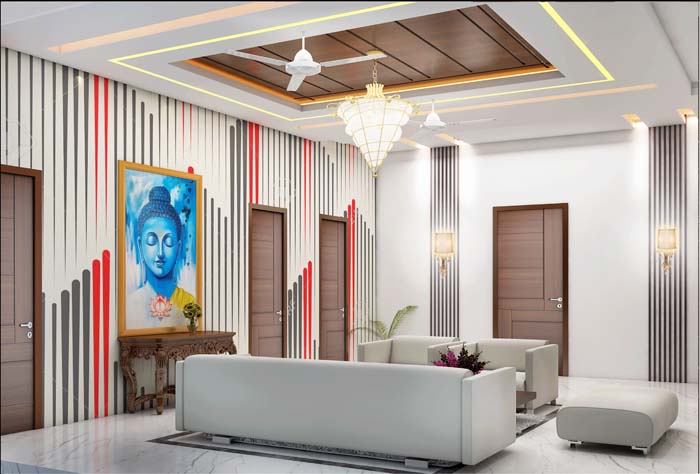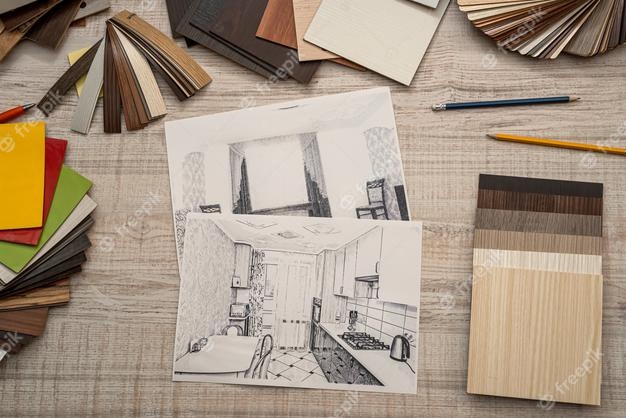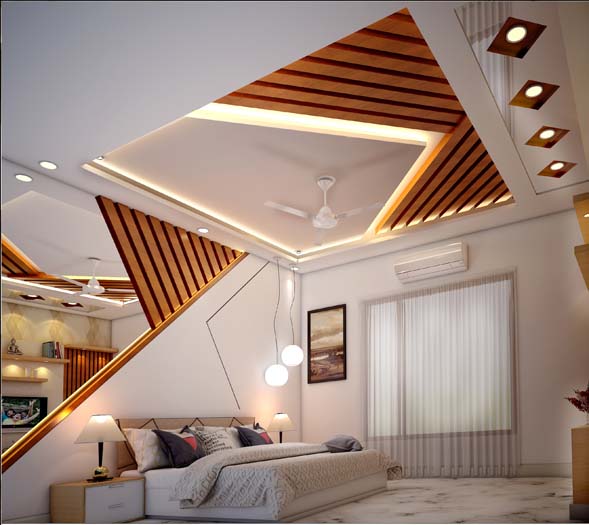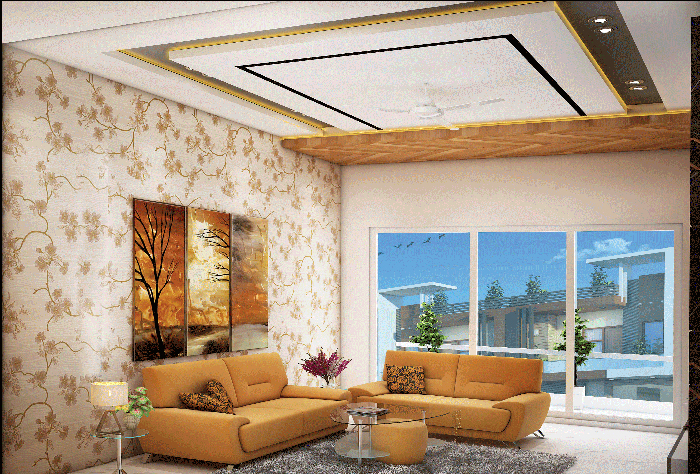Enquire Now
Submit your request and our design expert will get in touch with you.

Maximizing resources:Architecture is not simply a service, it is an inspiration and show the path that has not been taken and new ways of doing things.
The word ‘architecture’ might make you think of large, imposing buildings. While these are certainly an important part of the architecture, they’re not the only element that contributes to the functionality and beauty of a building. Accessibility in architecture is just as important as aesthetics.
A good architect will consider the needs of every person who might use their building, no matter how great or small those needs may be. Designing for accessibility is also an important consideration for people with disabilities, who might need more space or lower counters or chairs to be able to move around freely.
When designing a space, it’s important to keep in mind the needs of all its occupants. Even if you build your home to be wheelchair accessible, if you live alone, you’re still one person short of being able to use that accessibility.
Architects are now incorporating universal design into their work to make homes more usable for everyone regardless of physical abilities or preferences.
Designing a building complicated. Architects must consider the people who will inhabit the space and design it with their needs in mind. This includes those who may have disabilities or use wheelchairs.
There are many ways to create accessible architecture. One of the most important things to consider is accessibility in design. According to the U.S. Department of Transportation, there are 19 million people with mobility impairments in America, and this number projected to increase to 56 million by 2040. Architects need to make sure that the spaces they design are functional for everyone, not just those who can push a door open or use a grab bar.

If you are in the process of designing a new or existing building, it is likely that you are looking for ways to make the space more functional while minimizing the amount of material used.
One of the most important aspects of designing a new building is making sure that it is accessible for all types of people. This doesn’t mean just wheelchair access, but also access for people with disabilities, elderly individuals, and pregnant women. Here are some things to keep in mind when designing an accessible building.

It is important for buildings to be accessible to all people. This includes wheelchair accessibility, access for people with disabilities, and access for elderly individuals.
Designing a building that is accessible to all types of individuals requires careful consideration of how the space will used. For example, is there an area designated for seniors? How about areas where people with hearing impairments can go? What about areas that are easier for pregnant women to navigate than others?
There are many guidelines that exist that offer tips on creating an accessible building. The most important thing to remember is that it’s not just about wheelchair-accessible ramps; it’s about making sure everyone can navigate the building easily.
Designers should work with architects, engineers, and interior designers who specialize in accessibility so they can incorporate these standards into their plans.
Creating a building that is accessible to all people, including those with physical challenges, is important.
According to the United States Department of Labor’s Office of Disability Employment Policy, “It is impossible for an employer or business to fully know their customer base and offer products and services that will meet the needs of every person who may need it.” https://www.raghavaarchitects.com/architecture/
This is why it is essential for architects and designers to take accessibility into consideration when designing a new building.
The three most important things to consider when designing an accessible building:
-Universal design
-Good signage
-Easy navigation

In order to make sure that your new building is accessible, the space must designed with a few different things in mind.
– For example, consider building and space planning so that it can accommodate a wide range of people.
– Make sure the design doesn’t use too much material or take up too much space.
– Create ramps and elevators if the building is four stories or higher.
– Include visual and audible contrast to help those with limited vision navigate spaces more easily.
– Consider adding furniture that allows those who use wheelchairs to maneuver around better.
When designing an accessible building, it is important to remember that you need to provide access for all different types of people: elderly individuals, pregnant women, and those with disabilities. Think about what features will be necessary for these populations and make sure they included in your plan!
In order to make a building accessible for all individuals, it is important to consider their needs when designing the space. One of the most important things in designing an accessible space is making sure that it is easy to navigate in a wheelchair. Most people in wheelchairs can’t navigate large steps, so places with ramps or elevators are much easier to access.
In order for a building to be fully accessible, you need to design not only for what people in wheelchairs need but also what other groups of people with disabilities may need.
For example, someone who is blind needs different accommodations than someone who is deaf. Blind individuals need certain signage and braille on doors and walls, while deaf people need sign language interpreters and captioning on video screens.
Designing ahead of time for these accommodations does require more planning and thought upfront about how these groups will be using your space and how they will get around. However, the payoff, later on, will be worth it! Especially if you want your company to have a reputation as being “accessible.”

If you are thinking about designing an accessible building, you might want to rethink some of your design choices. For example, the number of steps required to enter a building is important. Too many steps can make it hard for people with mobility issues to enter and navigate the space.
You should also consider how busy and crowded the space will be. If you plan on hosting large events in your new building, it’s important to make sure the event space includes plenty of seating and room for wheelchair users. You should also avoid stairs as much as possible when designing a new building that will host public events.
One other thing to keep in mind is the elevators. It is important that elevators can accommodate both large and small wheelchairs, scooters, walkers, and crutches. This way, everyone has access to the same areas without feeling like they’re segregated from their peers or coworkers.
Lastly, there should be an accessible restroom available for all types of users on every floor of the building – not just on one level or one area of the building.
In this blog, we covered some of the most important considerations when designing an accessible building. As you can see, making a building accessible means taking a lot of different needs into account. Each type of person who may use your building will have their own unique needs that need to consider.
It’s worth noting that there is no one “perfect” solution for accessibility. It will vary depending on the type of business and the type of space designed. That said, there are many things you should keep in mind so that your design is as inclusive as possible!https://www.raghavaarchitects.com/contact-us/